In the 1970s, lunchboxes were more than just a way to carry your sandwich and thermos. They were a status symbol, a personal billboard, and sometimes, a source of deep embarrassment. Most were made of metal, with bright, glossy designs pressed onto the sides. The matching thermos, usually tucked inside with a clattering sound, completed the set.
Popular designs featured the biggest stars of the decade. Kids proudly carried boxes decorated with Evel Knievel, The Six Million Dollar Man, Star Wars, or superheroes like Batman and Spider-Man. Having a lunchbox with a cool or tough image meant you were taken seriously on the playground. Those designs sparked conversations and traded glances across crowded cafeteria tables.
But things didn’t always go well for every kid. If your parents shopped without your input, you could easily end up with something that marked you as uncool. Instead of sci-fi or action heroes, you might pull out a lunchbox covered in flowers, cartoon animals, or outdated TV shows. Characters like Holly Hobbie, The Partridge Family, or The Waltons didn’t get the same respect. Worse still were lunchboxes with no theme at all—just plain colors or patterns. Those stood out for all the wrong reasons.
Read more
The shame often began on the first day you brought it to school. You’d unzip your backpack or sling your lunchbox onto the table, and the reactions would come fast. Kids stared, snickered, or made comments. A loud cafeteria, filled with the clang of trays and the hum of chatter, would quiet for just long enough to make the moment feel unbearable. Your lunchbox told everyone what you were about—whether you wanted it to or not.
Thermos designs added another layer. If your lunchbox had a bold outside but the thermos featured something mismatched or softer, kids noticed. Maybe your Evel Knievel lunchbox came with a thermos that had pastel-colored balloons or a cartoon cat. That inconsistency didn’t escape the sharp eyes of classmates.
Lunchboxes also wore down fast. Dents appeared from being tossed onto blacktops or kicked under benches. Paint chipped at the corners, and latches grew loose. A damaged lunchbox looked even sadder if its design was already embarrassing. Kids with scratched-up cool designs could shrug it off—it looked rugged. But dents on a lame lunchbox only deepened the shame.
Some kids tried to cover up the problem. They stuck stickers over the unwanted images or swapped out the thermos with a plain one. Others left the lunchbox at home and stuffed their lunch into paper bags. But a paper bag didn’t have the same durability, and if it tore or leaked, that brought its own set of problems.


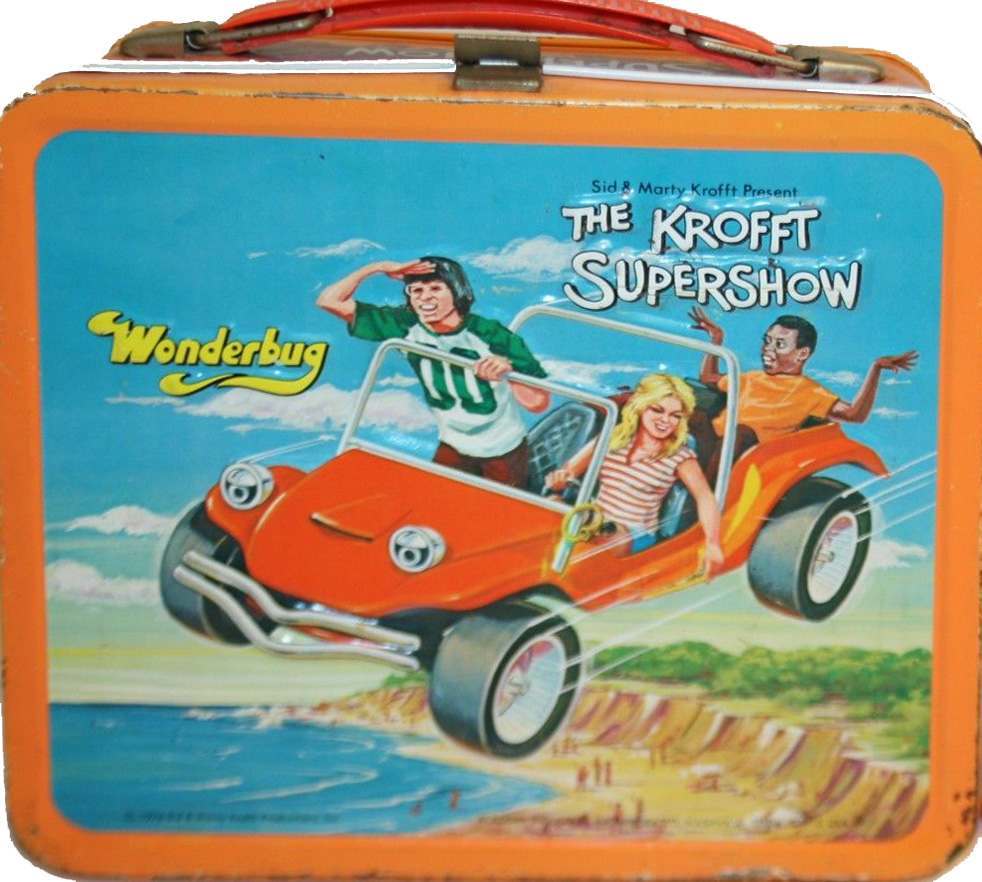
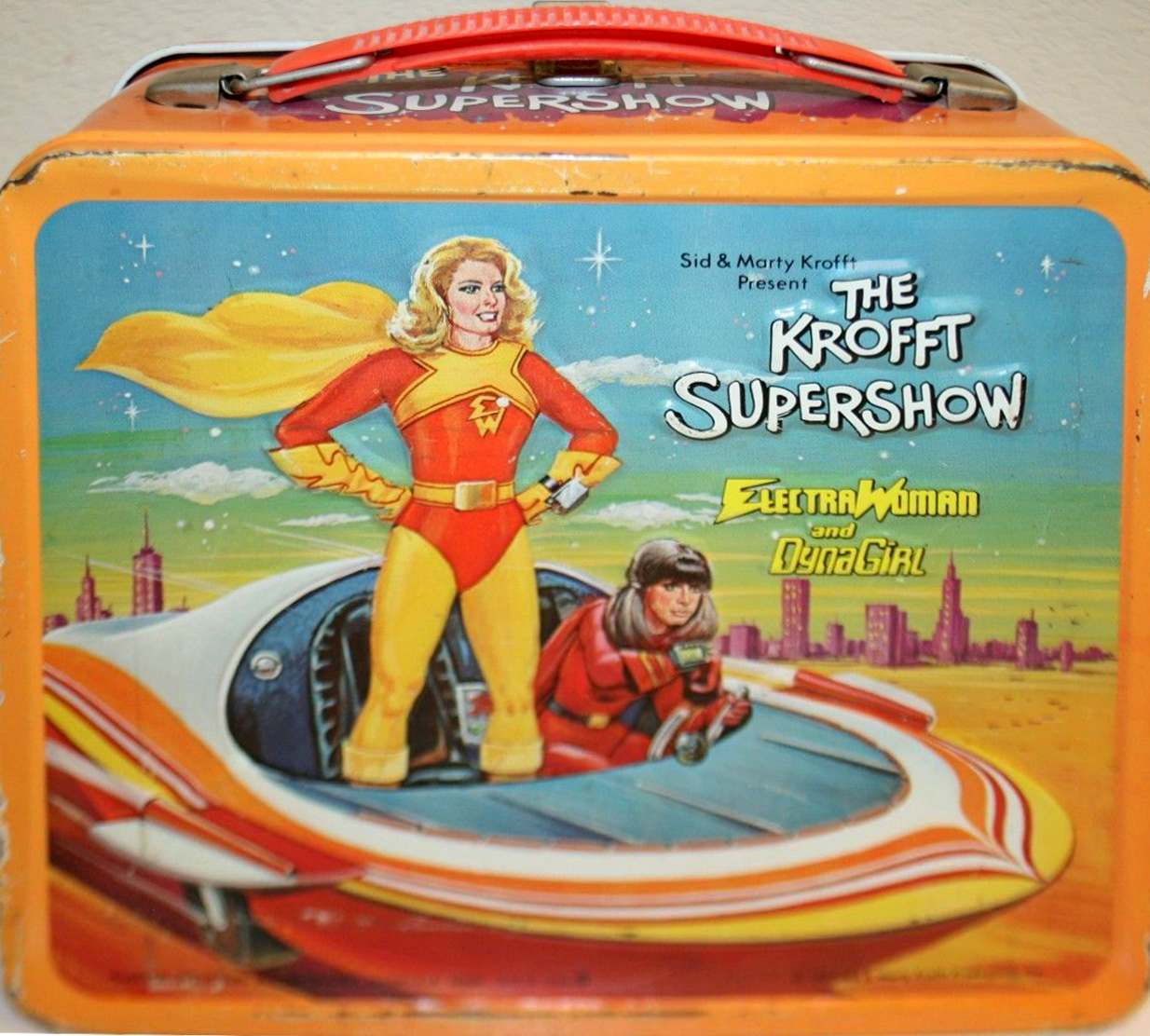

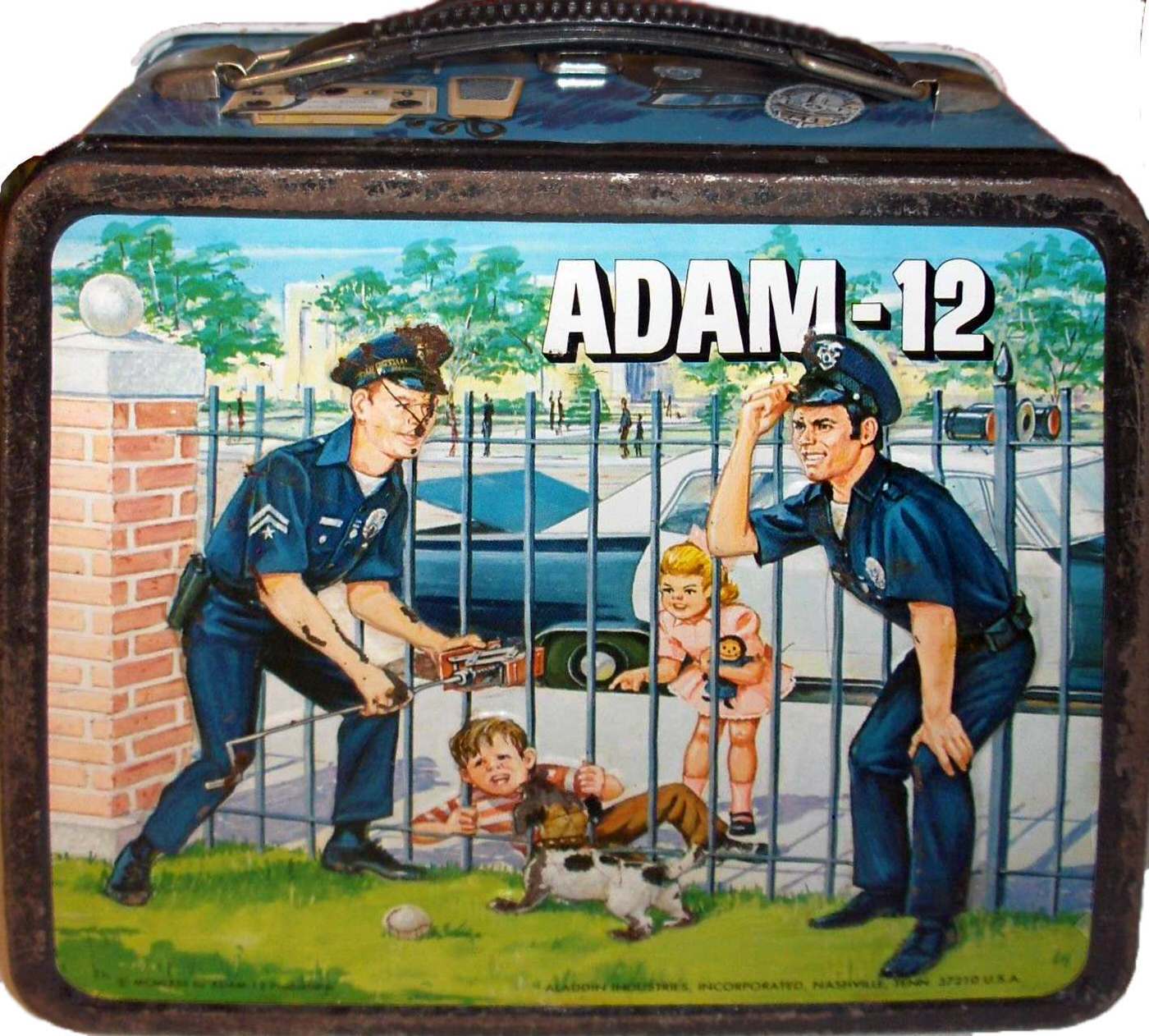
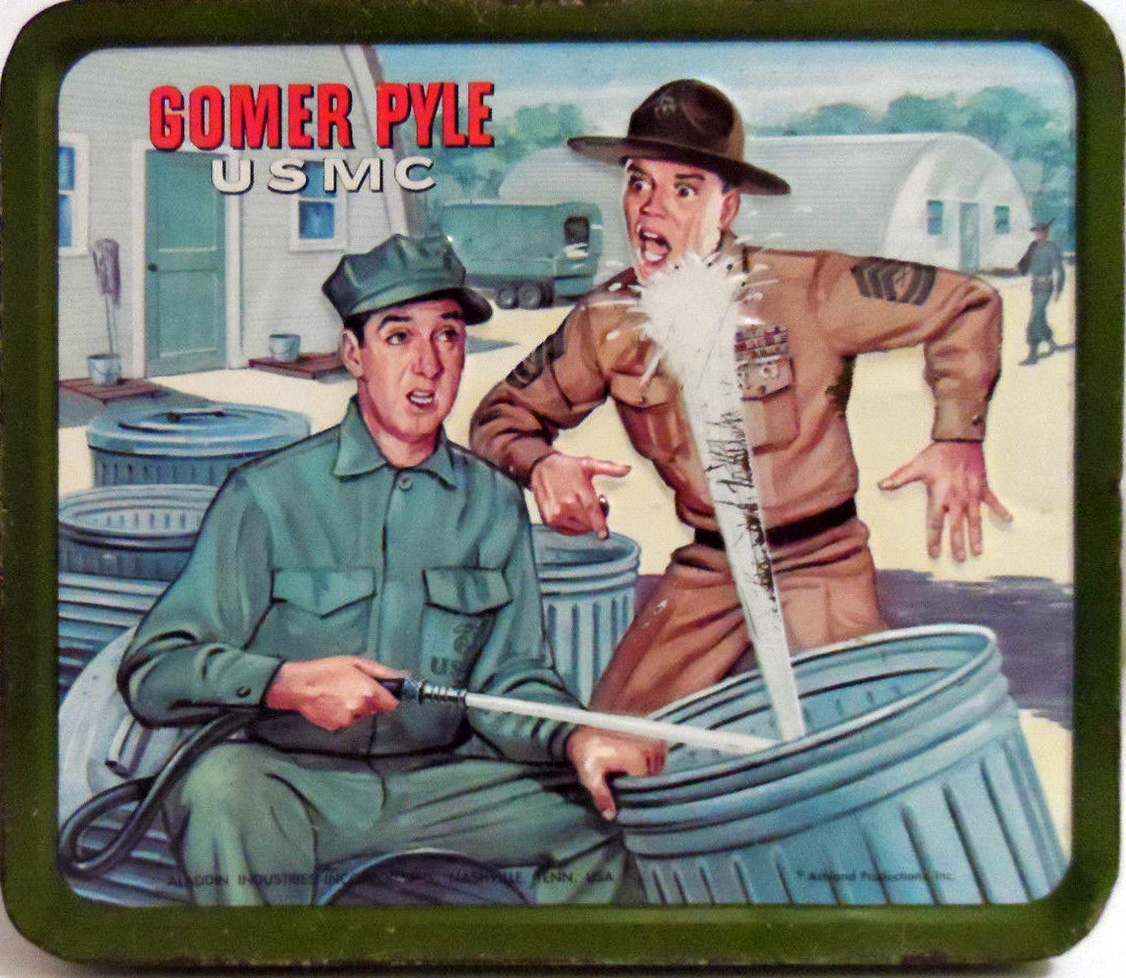
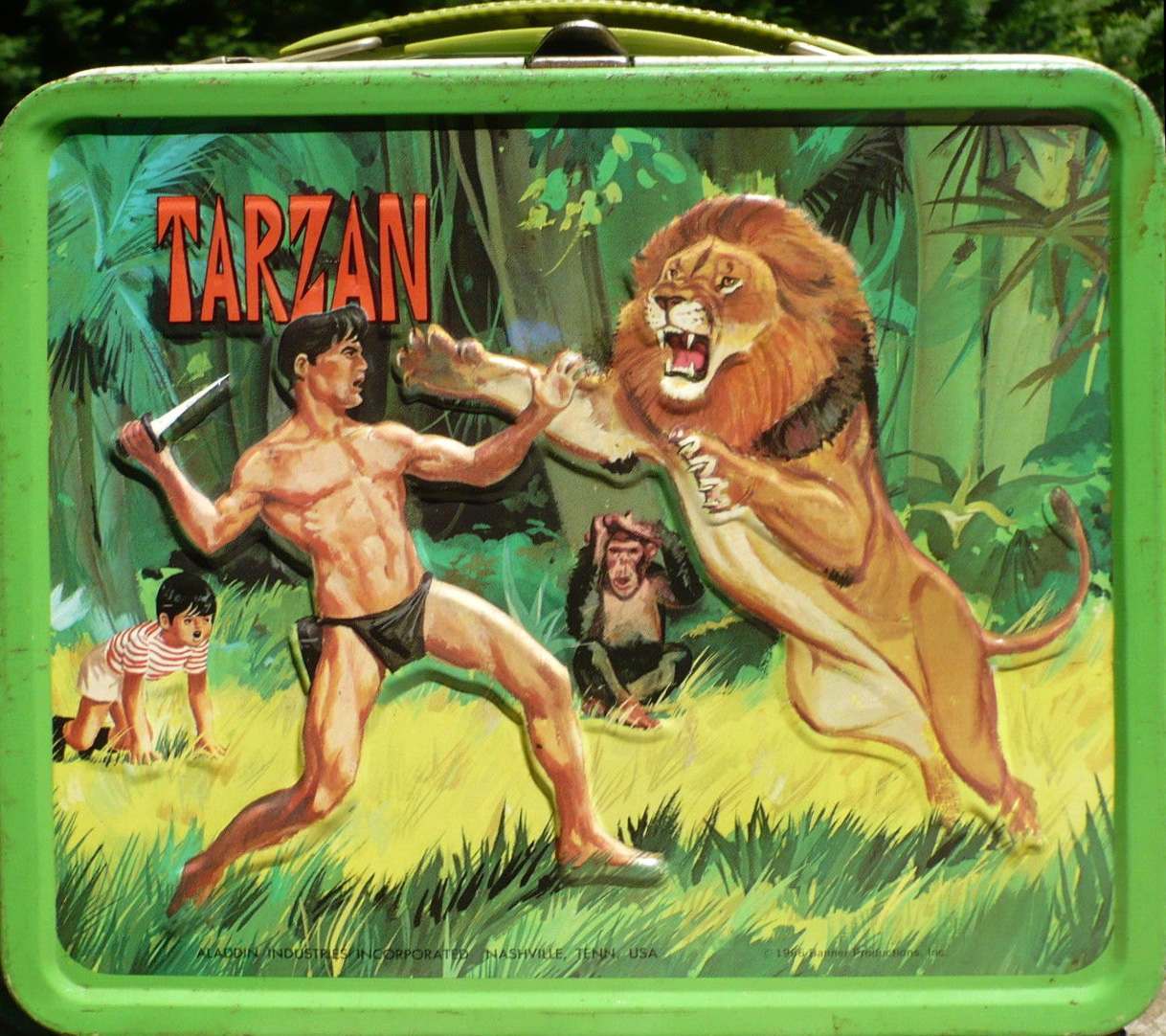
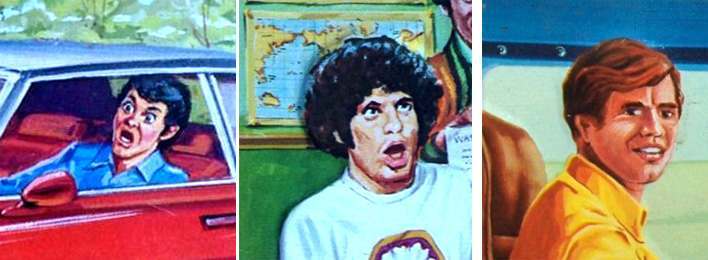
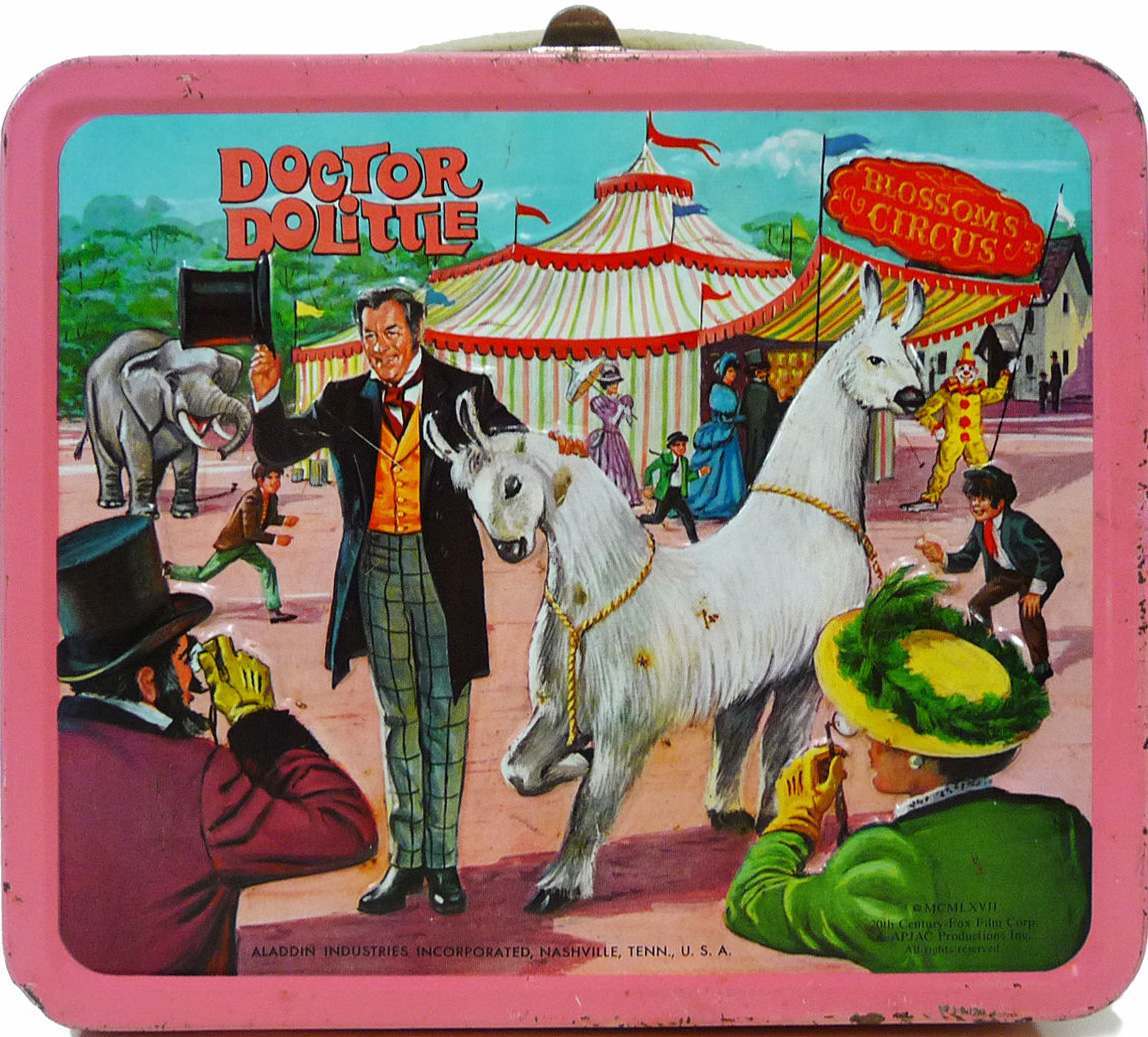
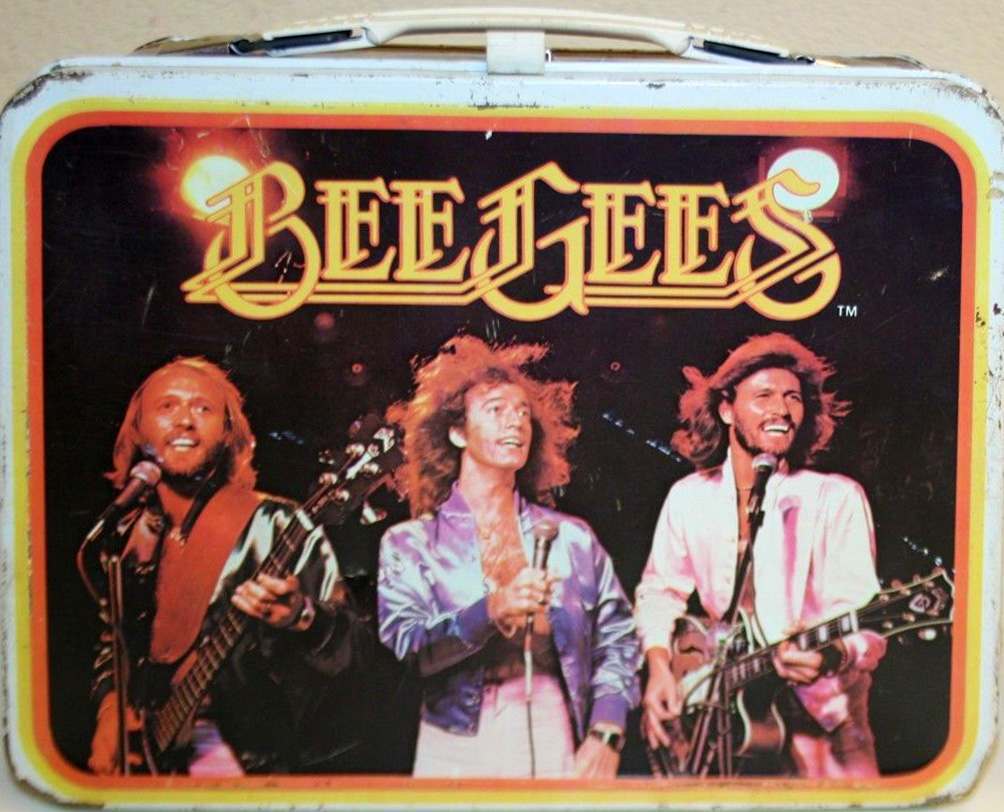
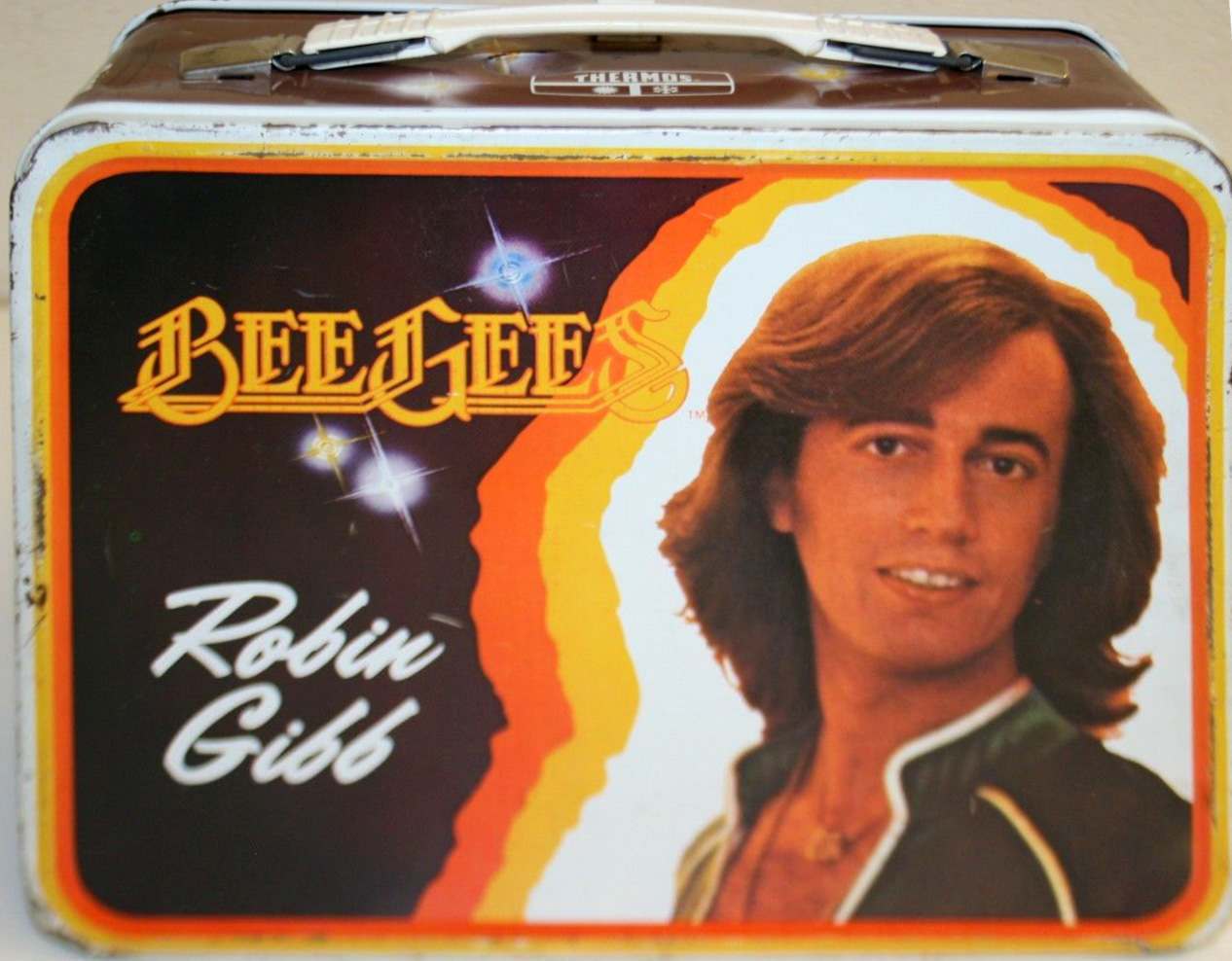
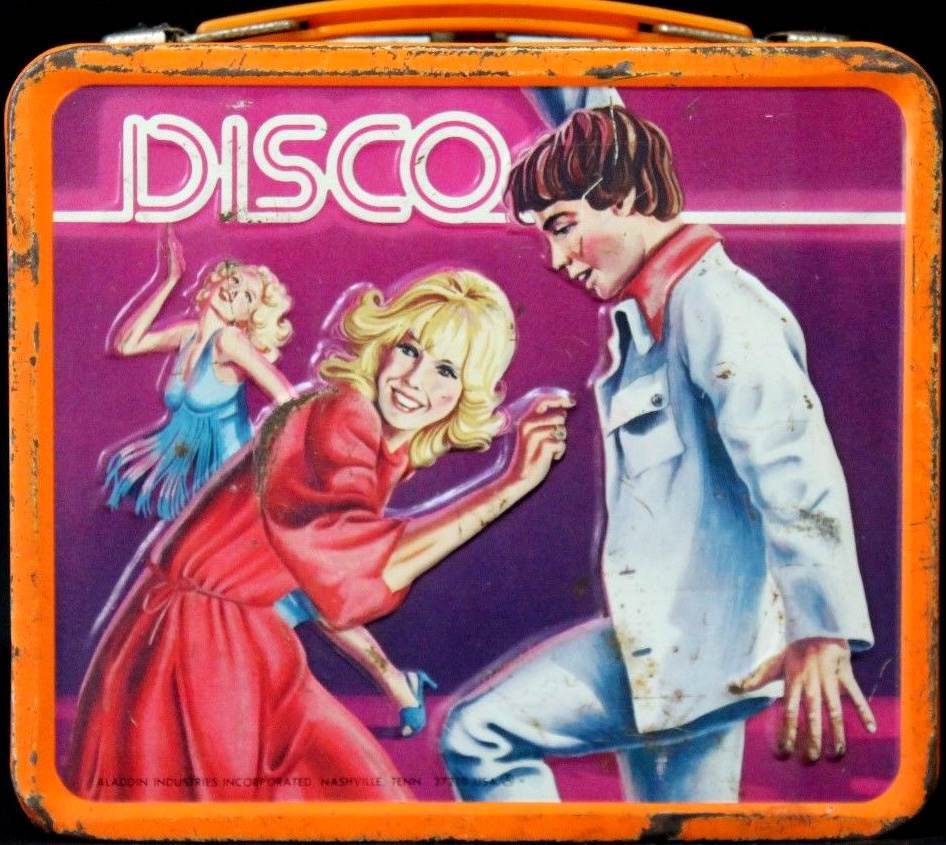
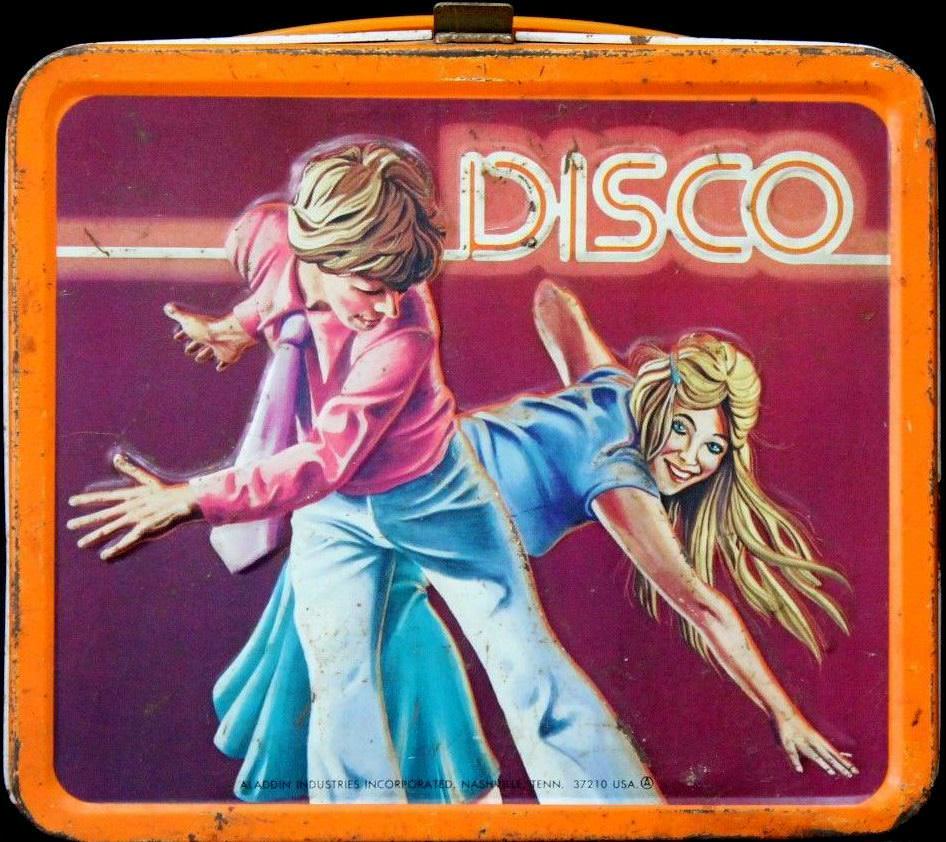
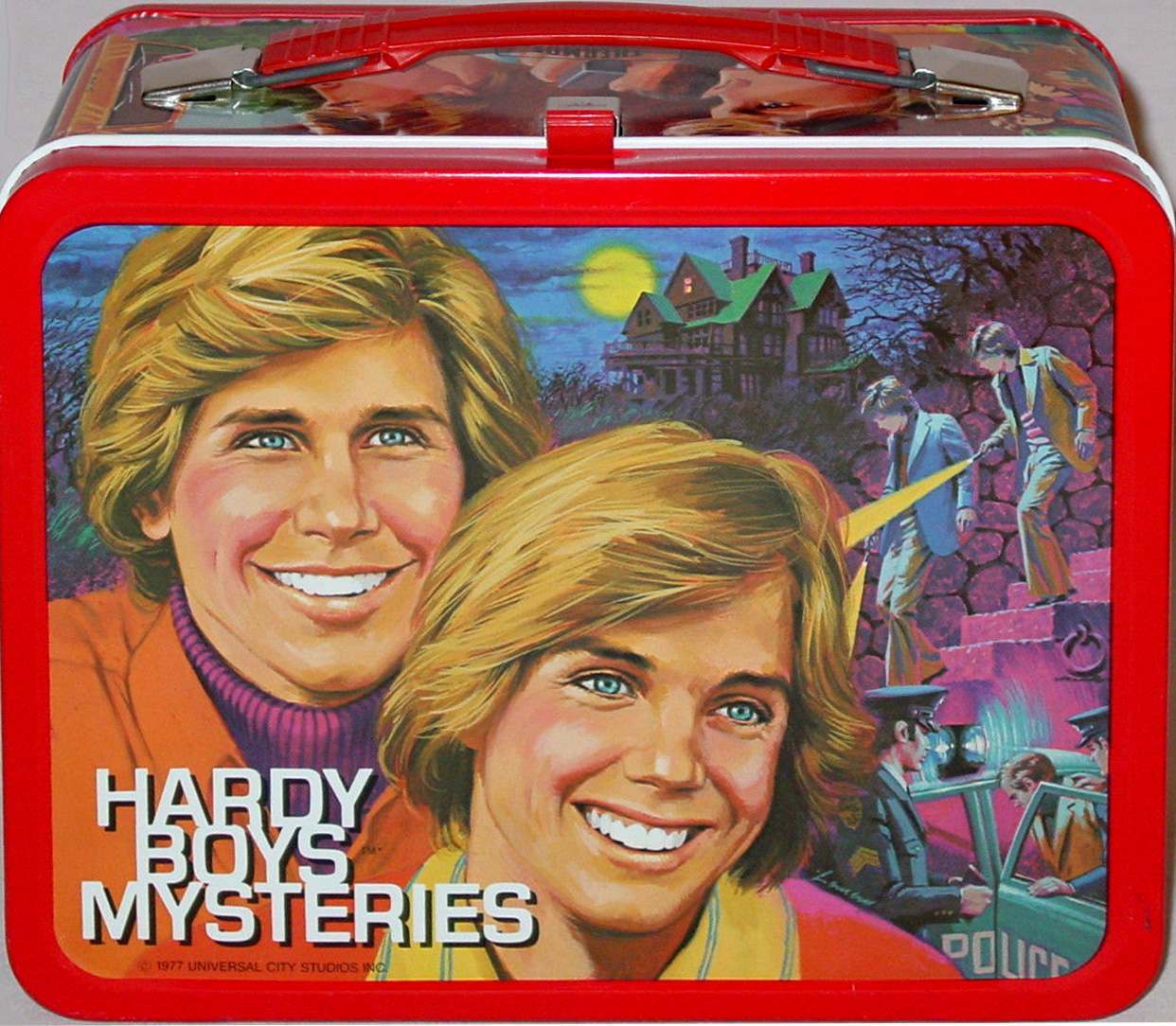
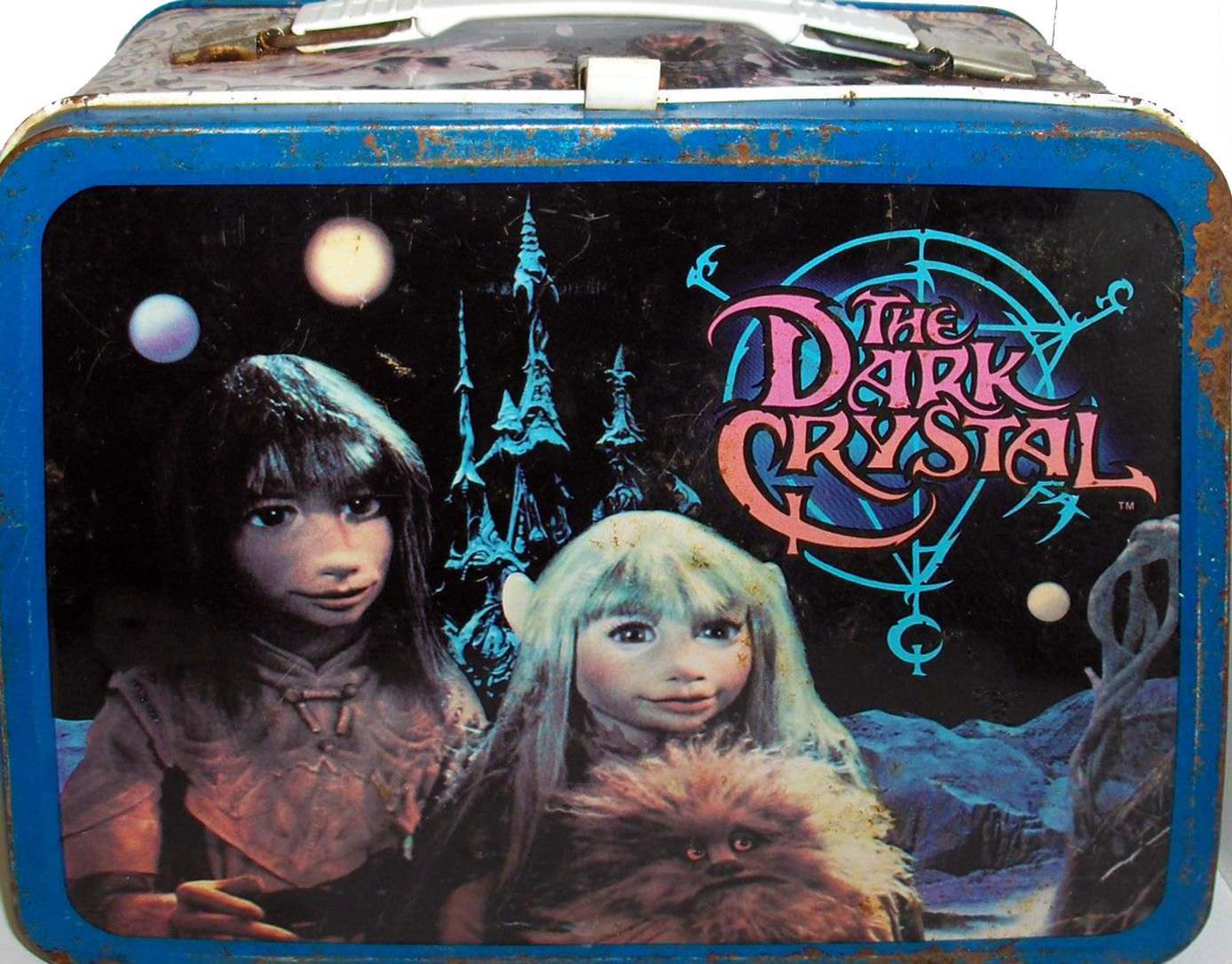
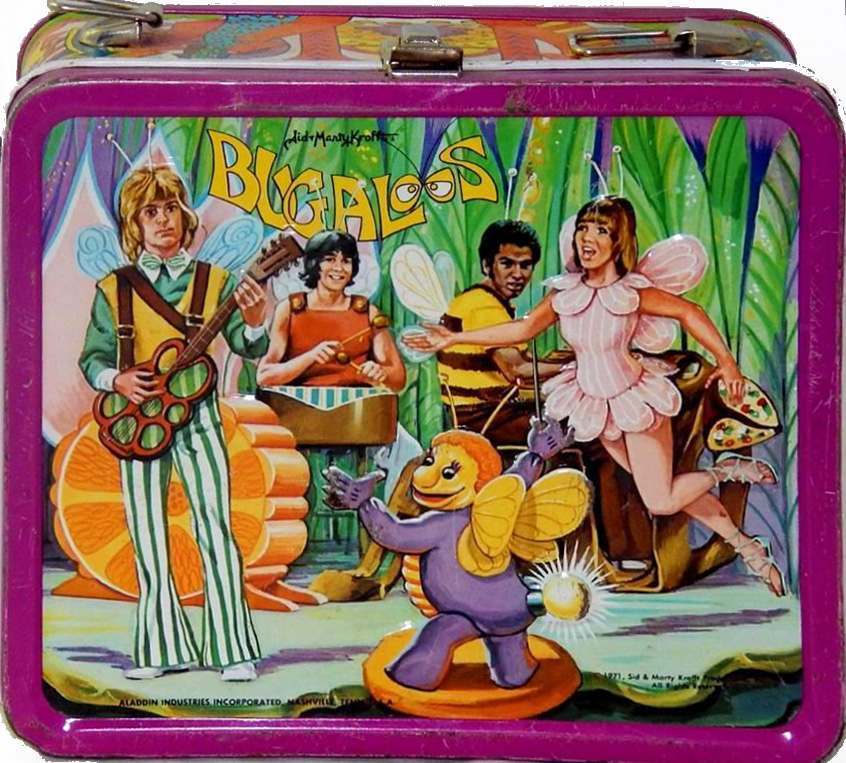
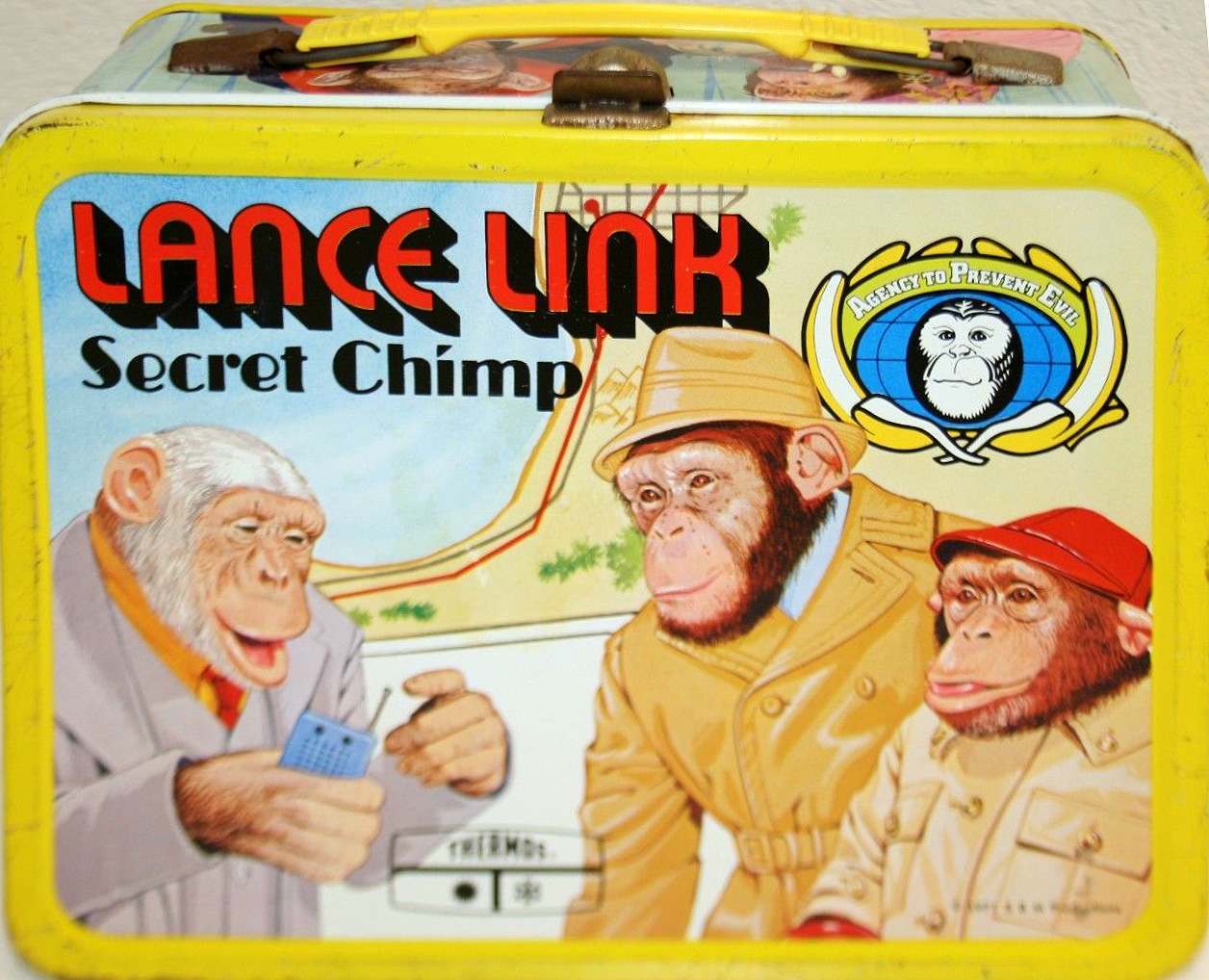
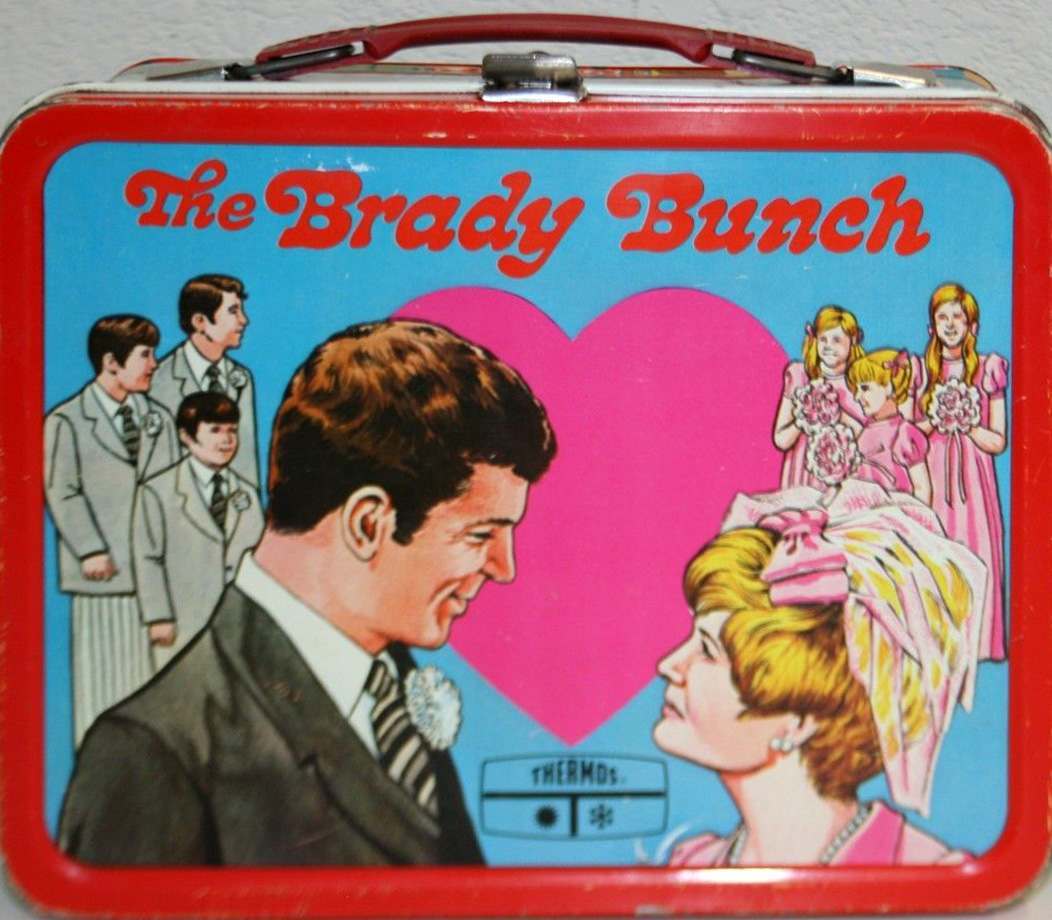
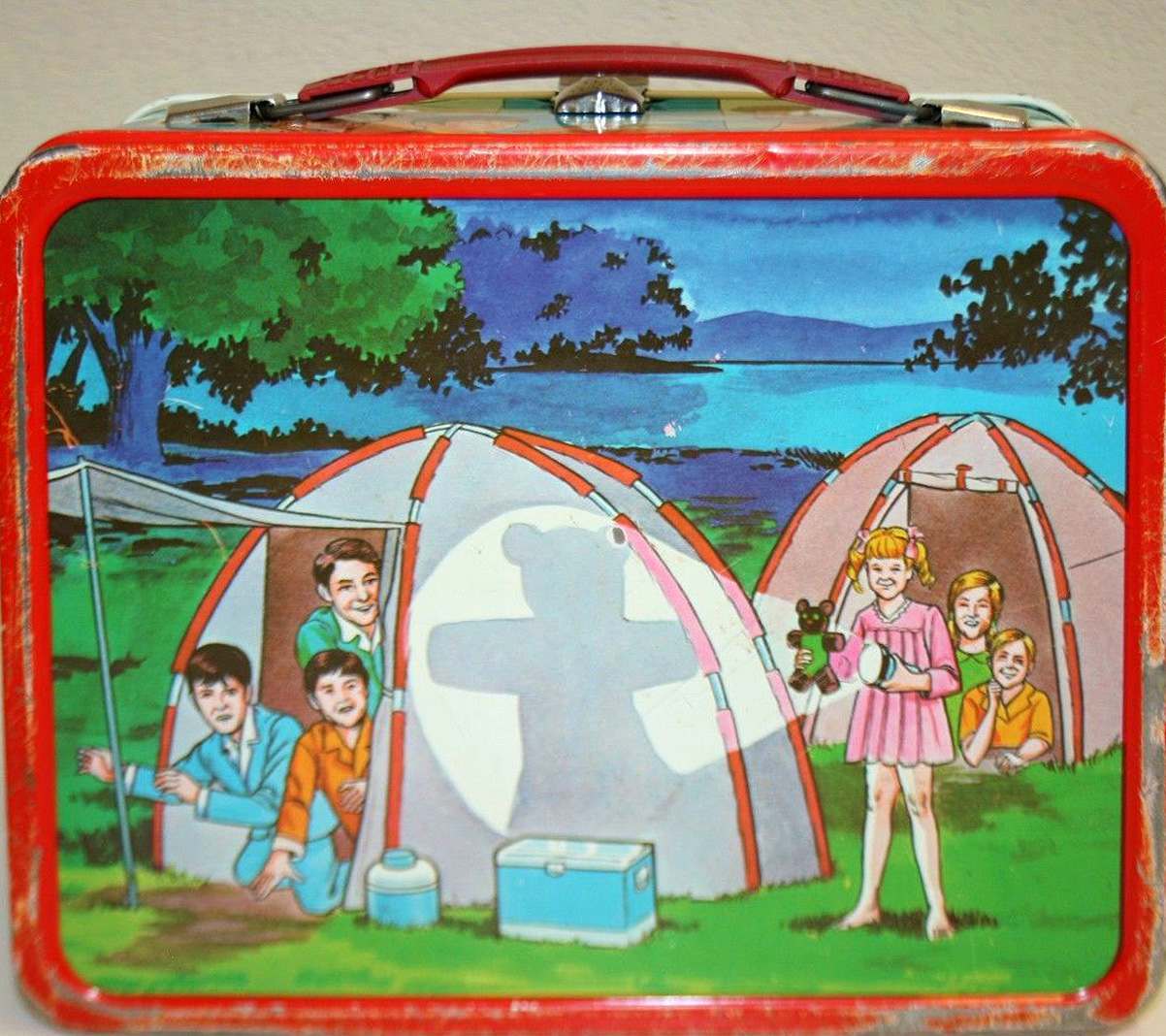
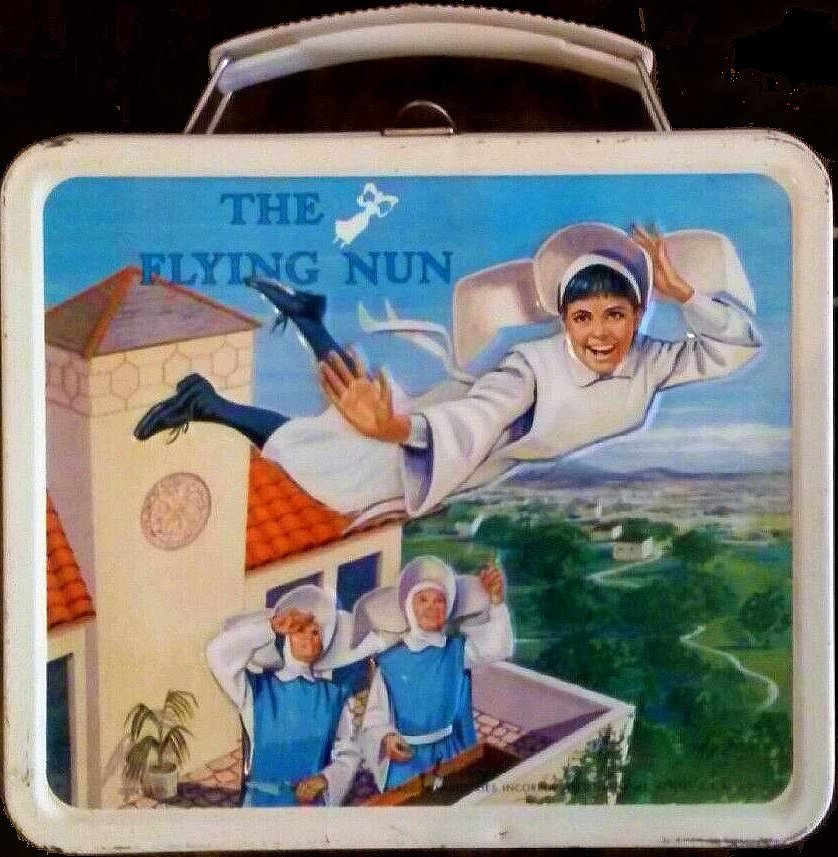
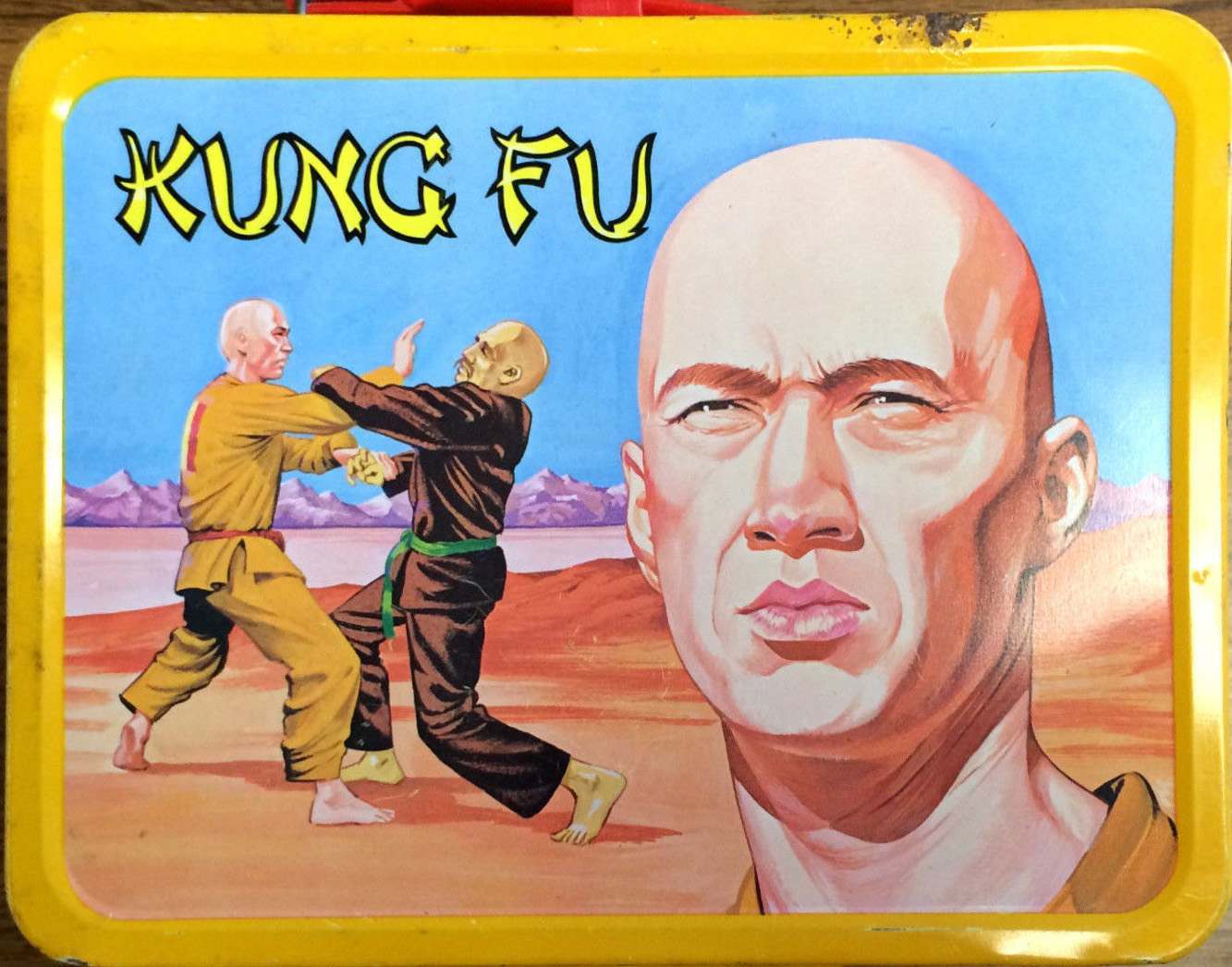
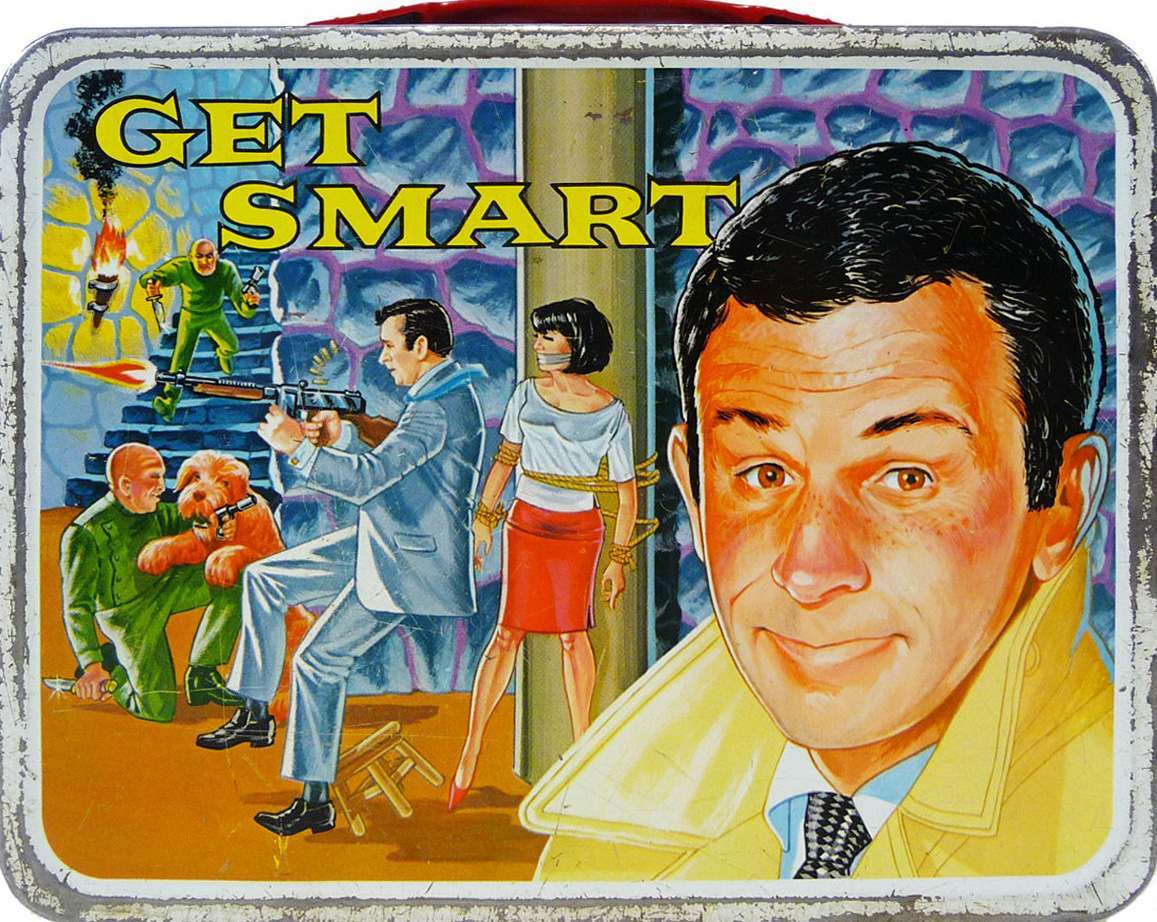
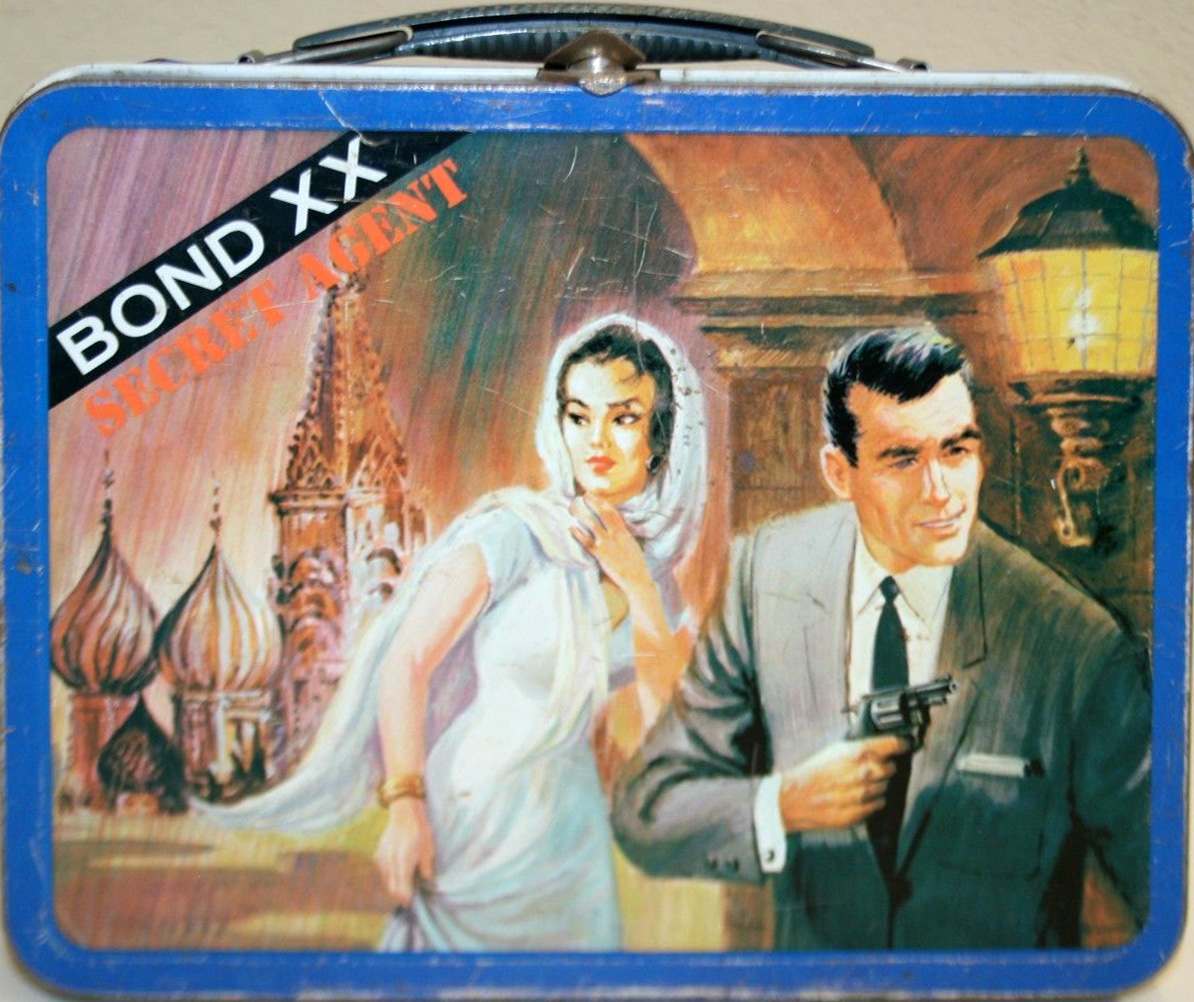

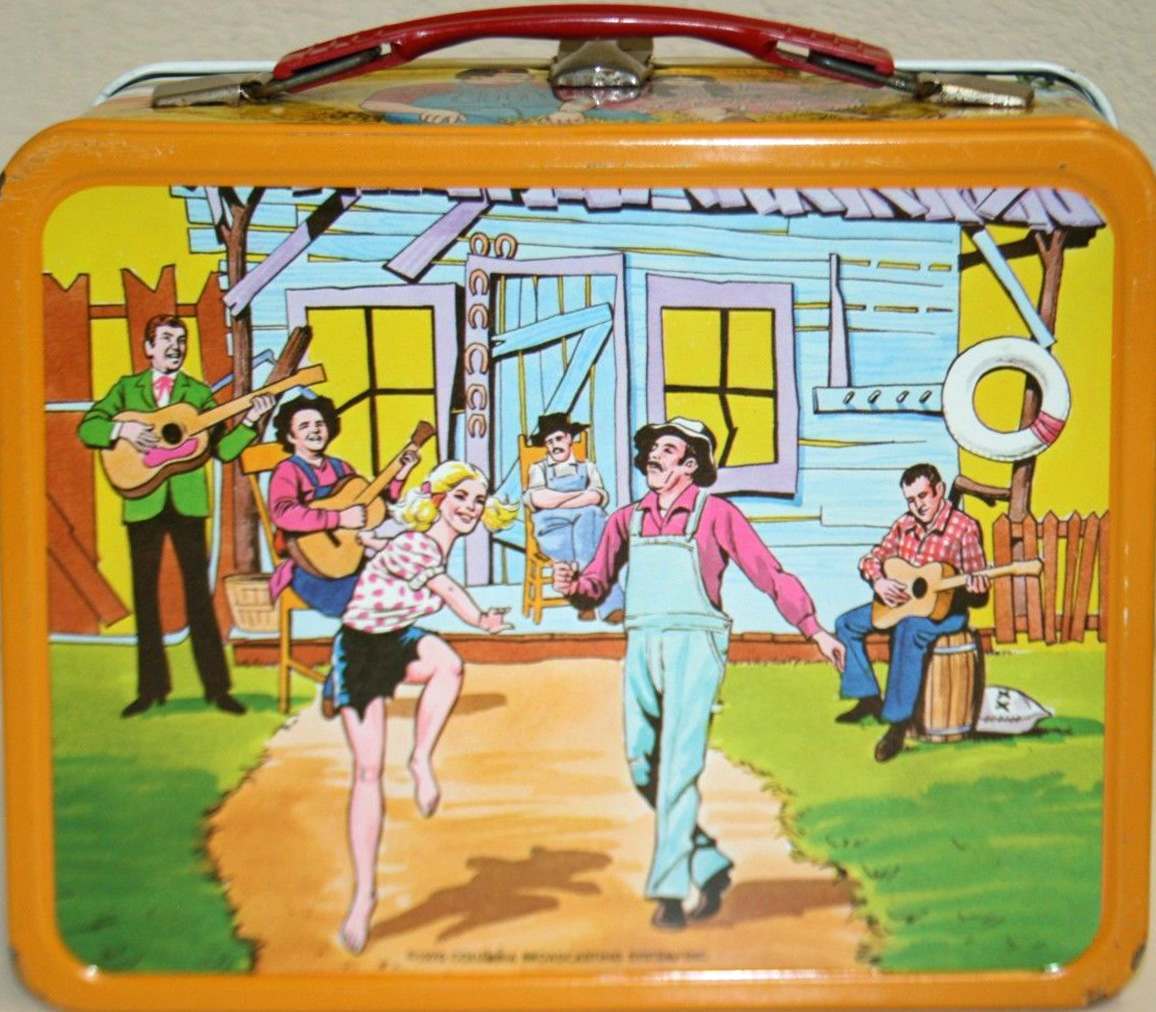
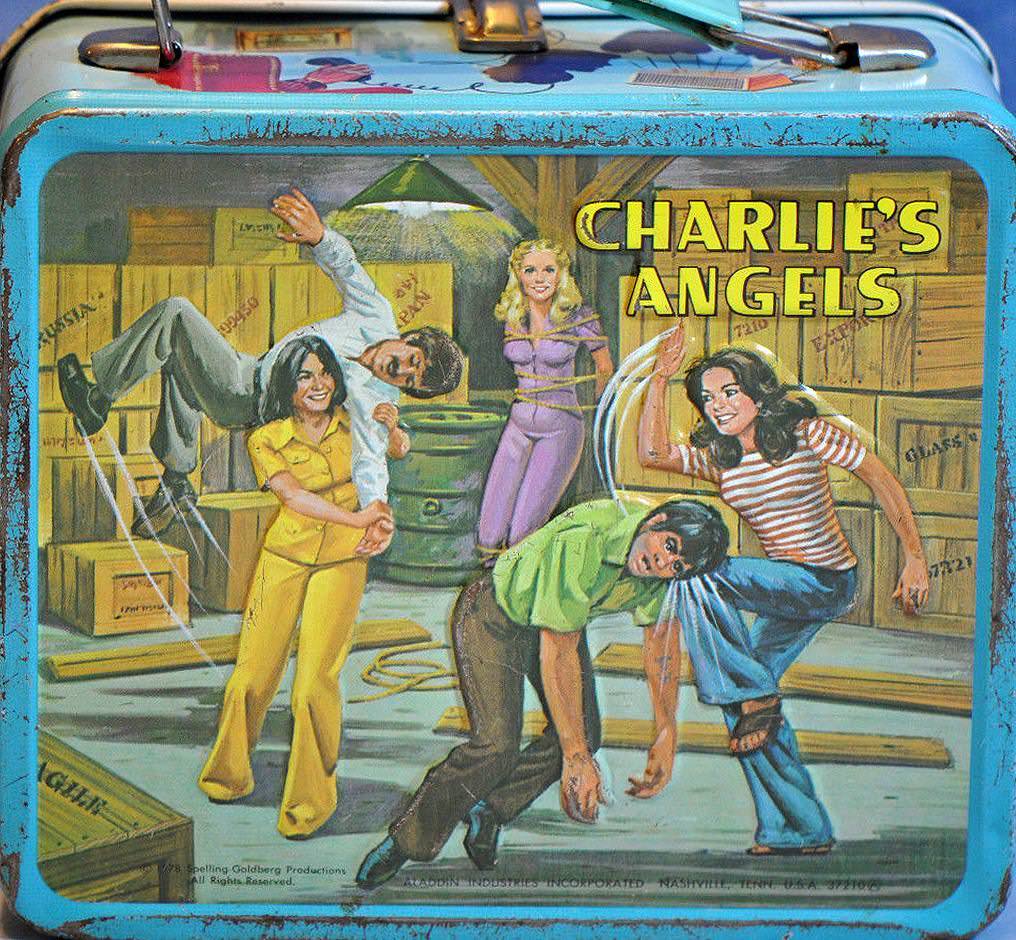

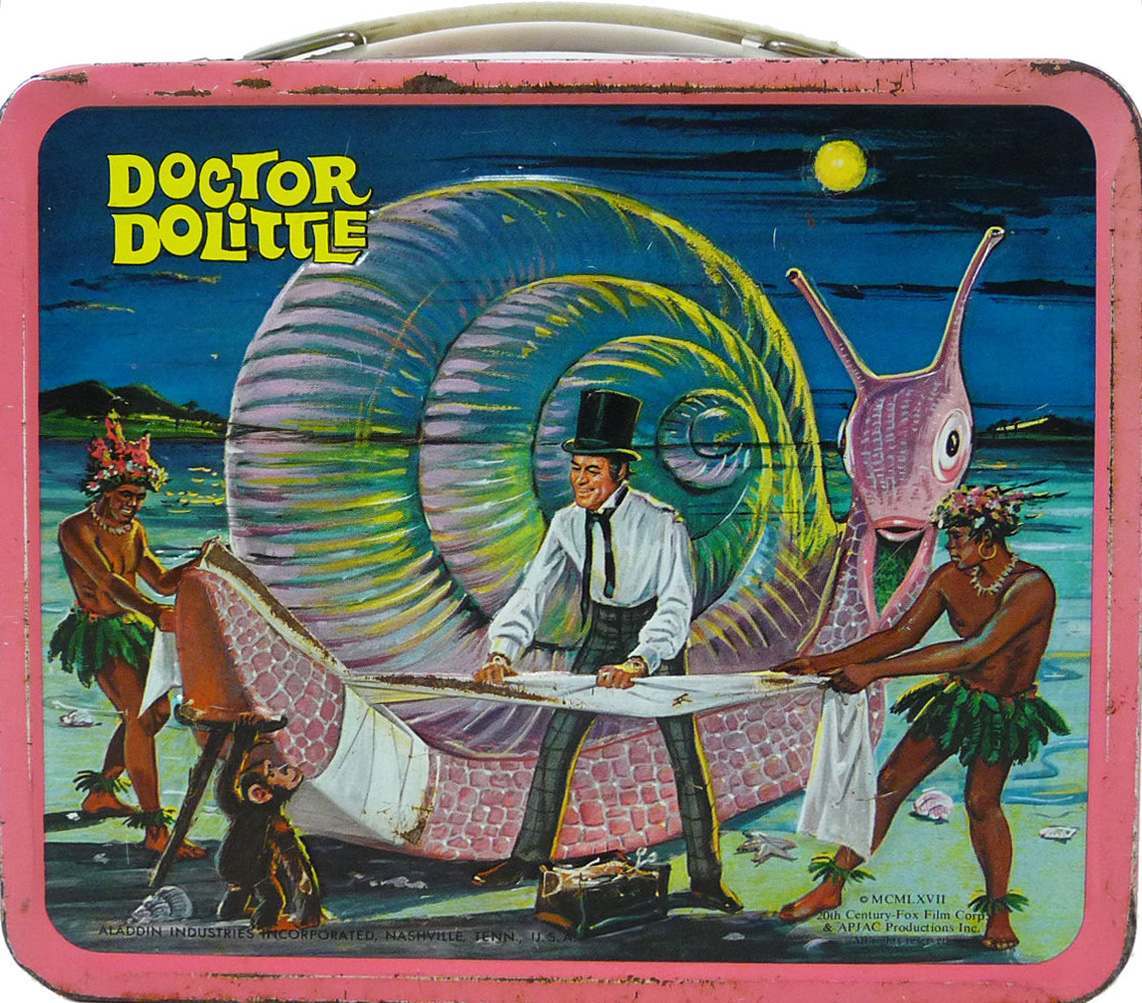
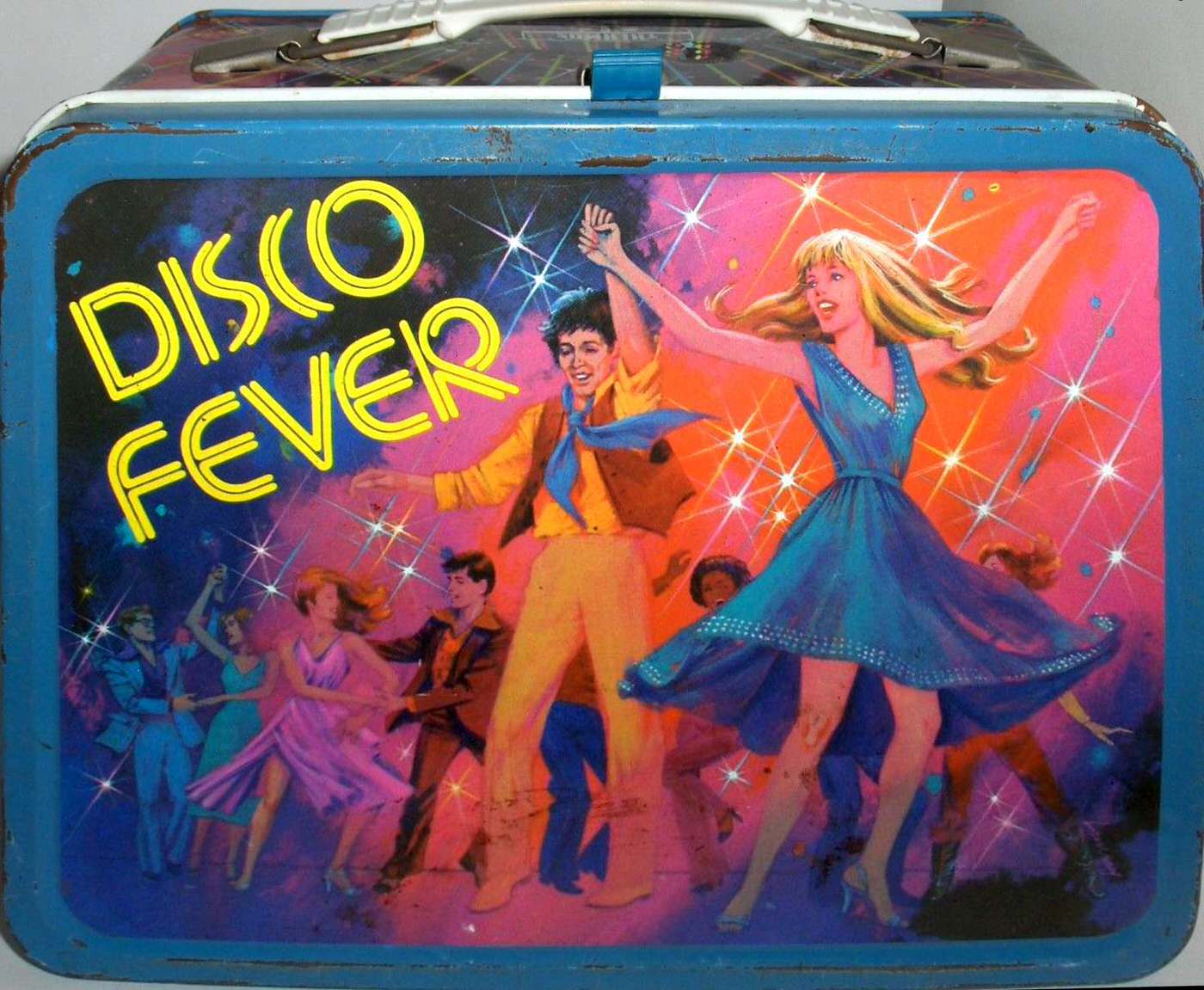
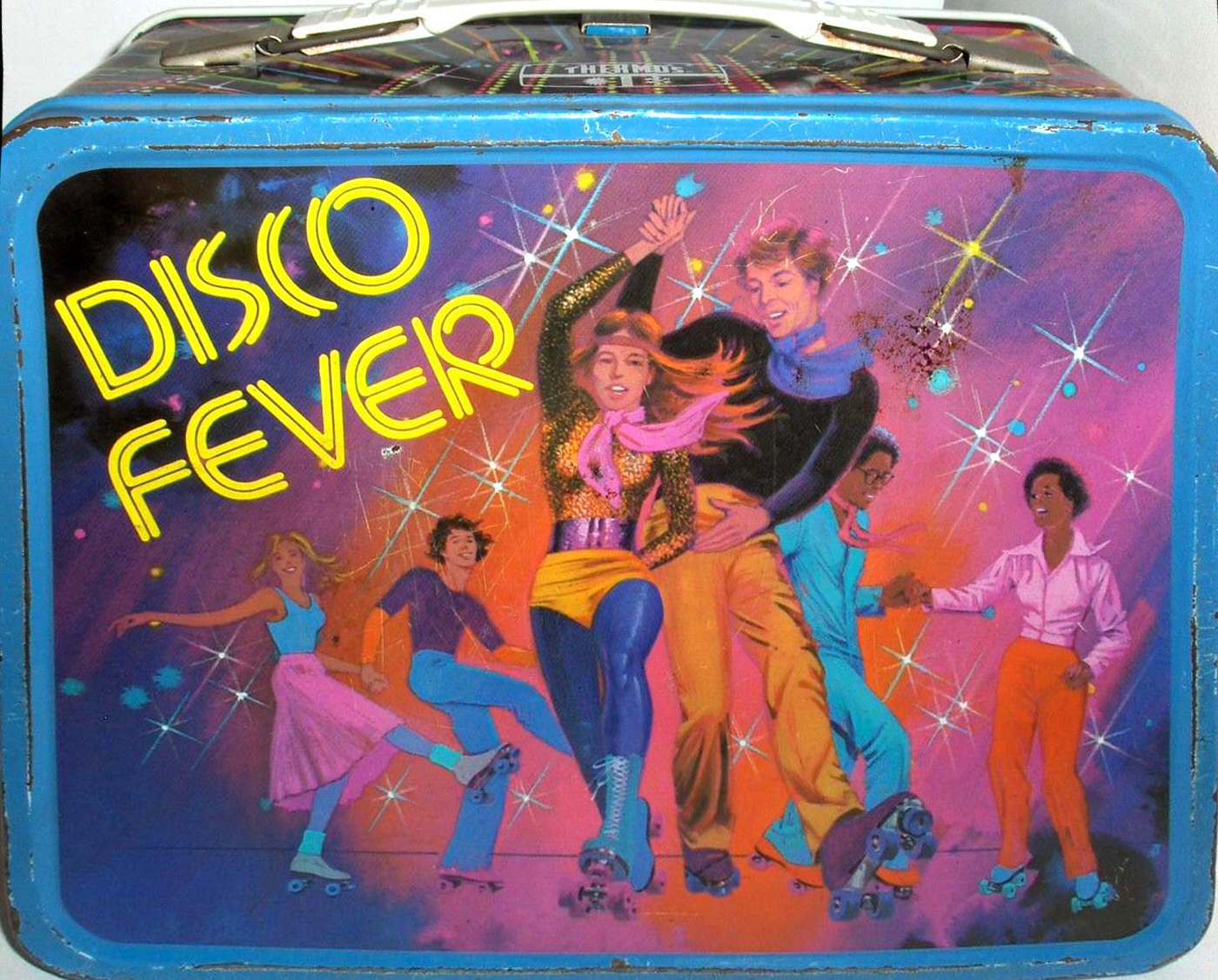
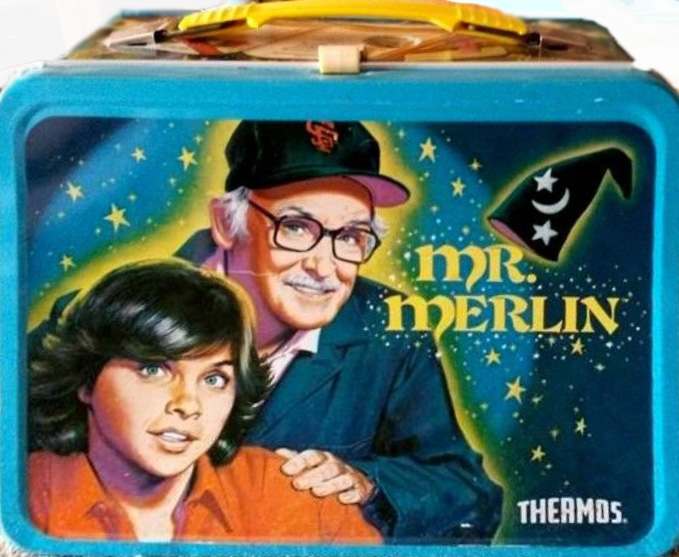

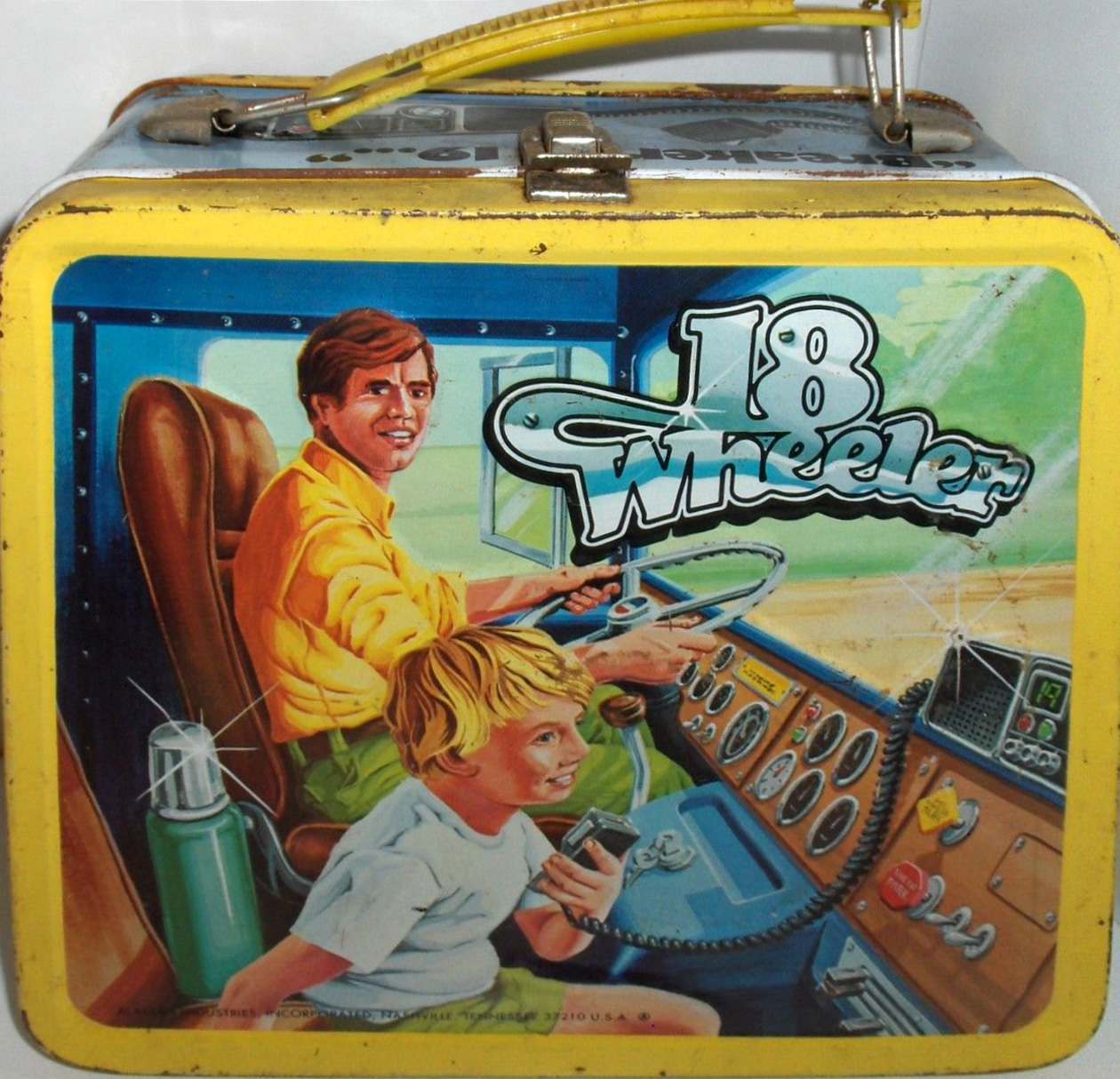
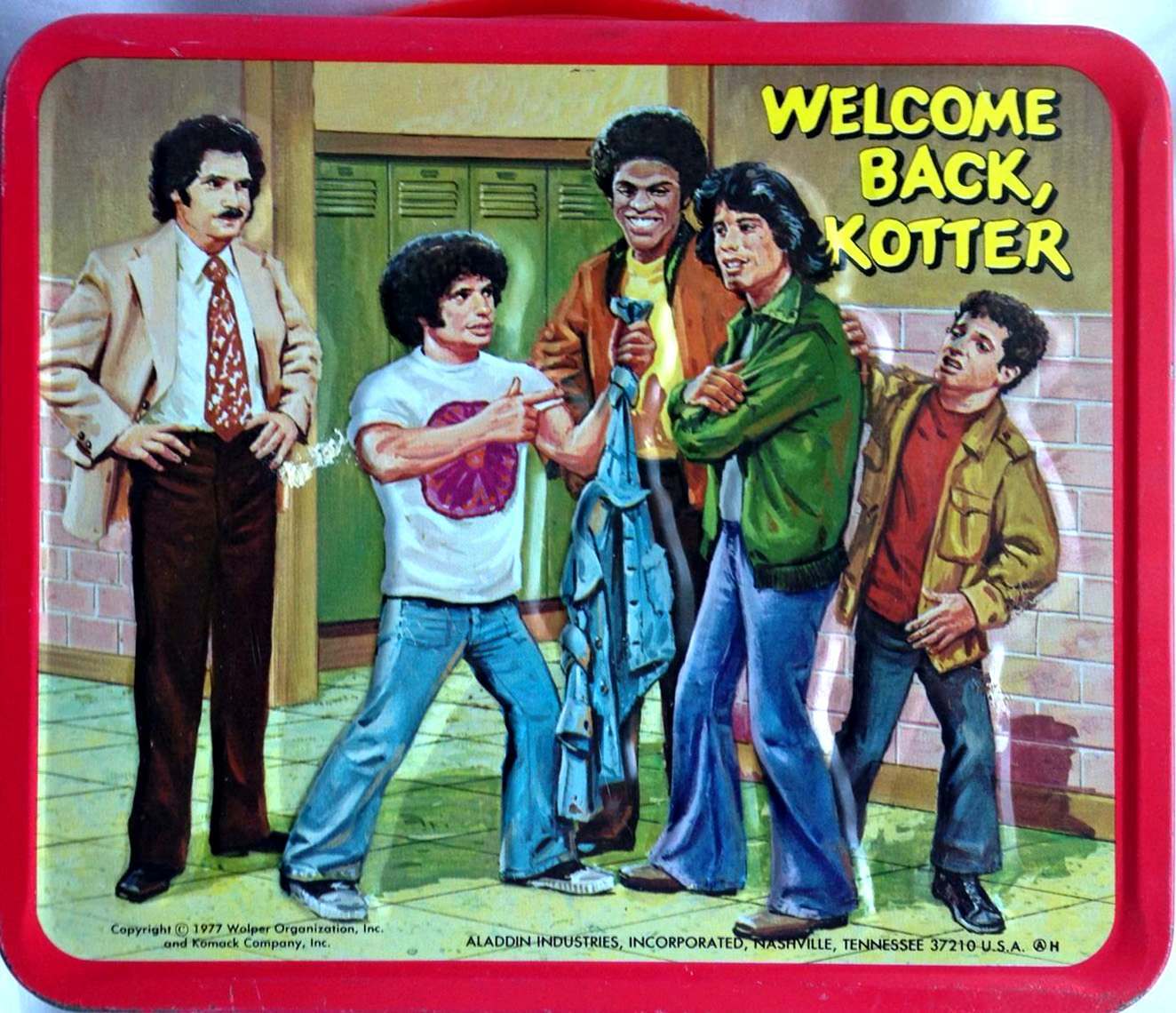
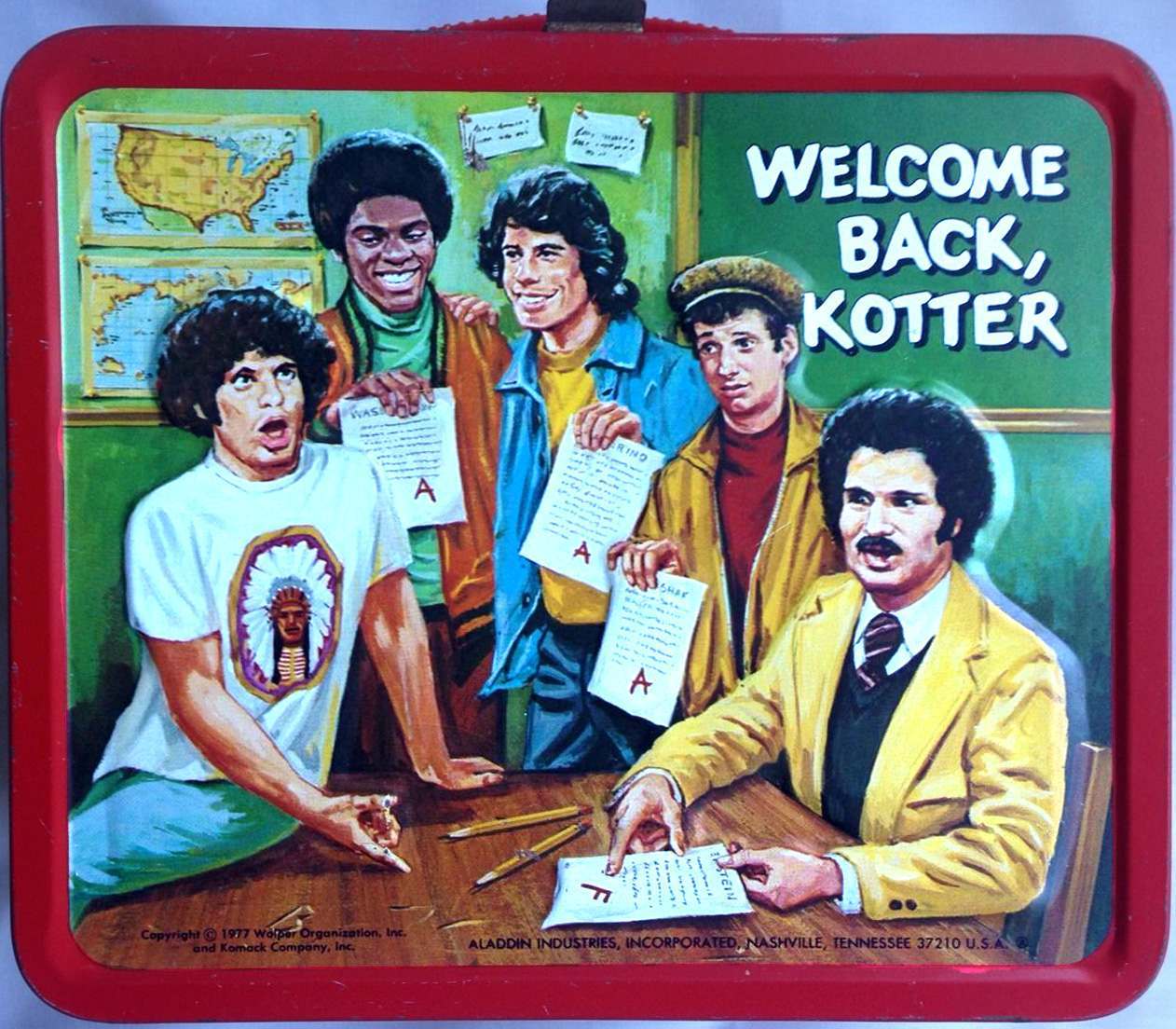
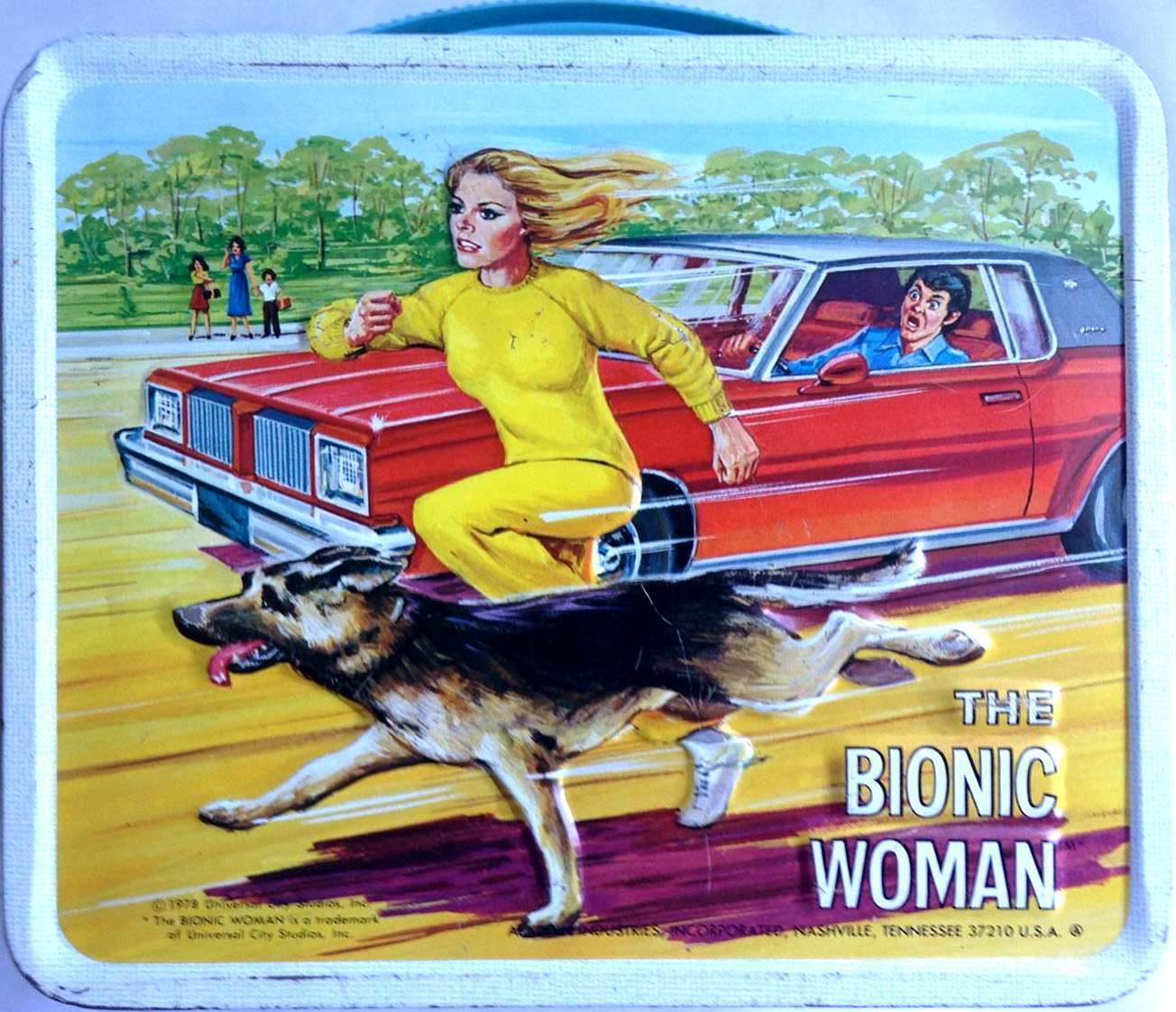

I had a Hong Kong Fuey lunch box for a while.
Oh man I want those Adam-12 lunchboxes. I’m watching it now and I have to say it’s a good show.
I have one – no thermos and we used it to hold crayons, so the interior is … waxy
My friend had a waltons lunch box, he was mocked mercilessly.